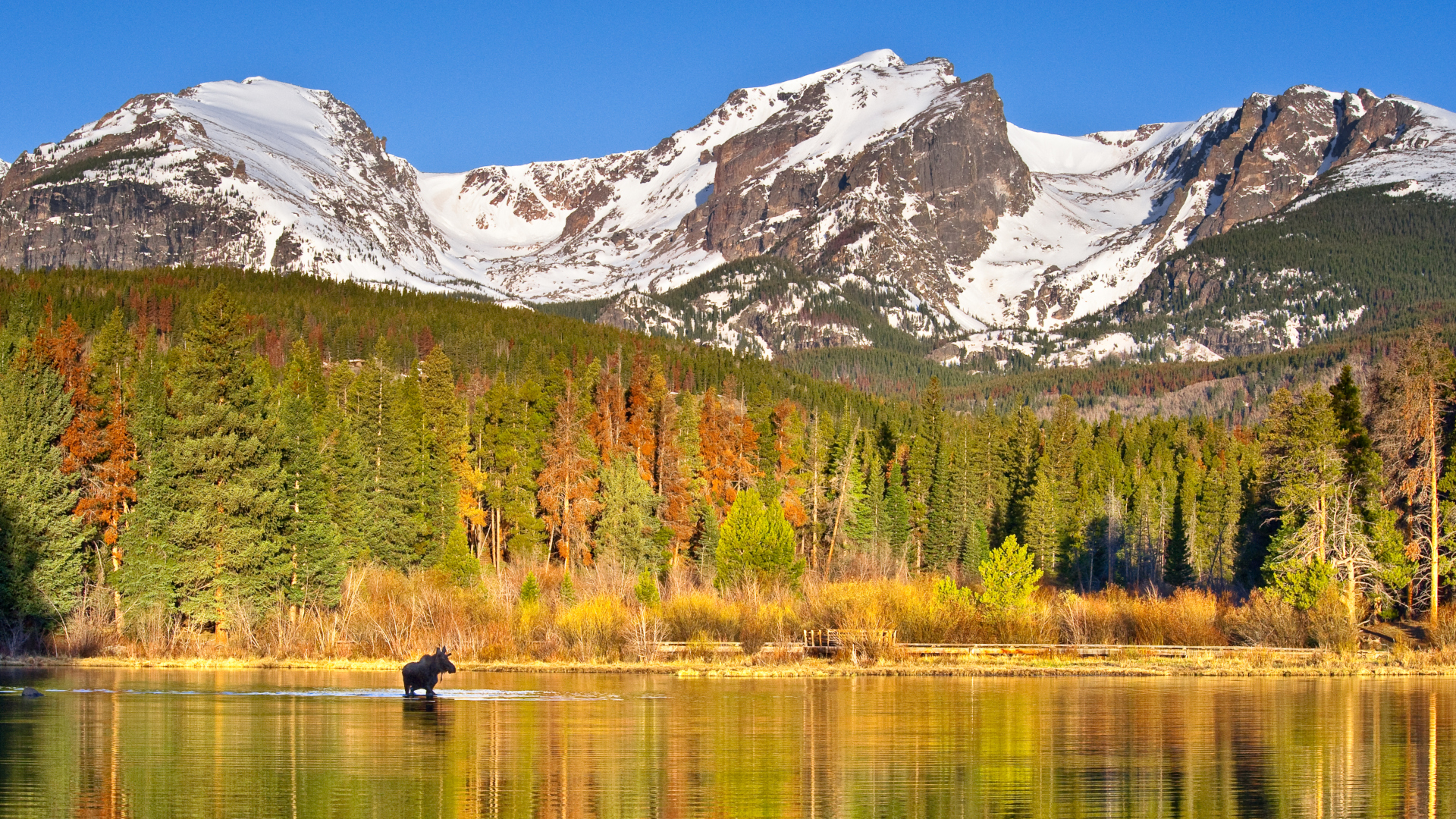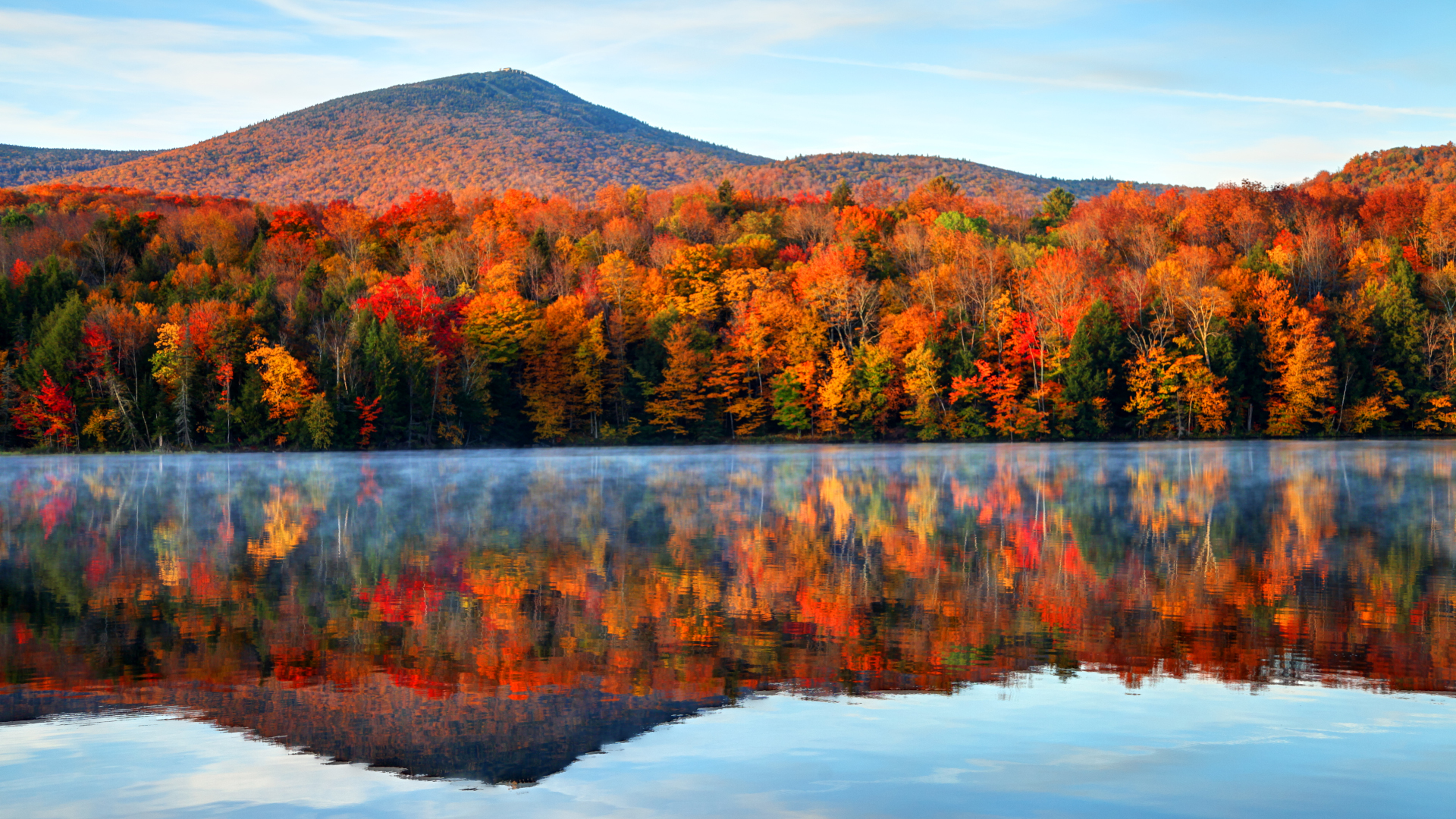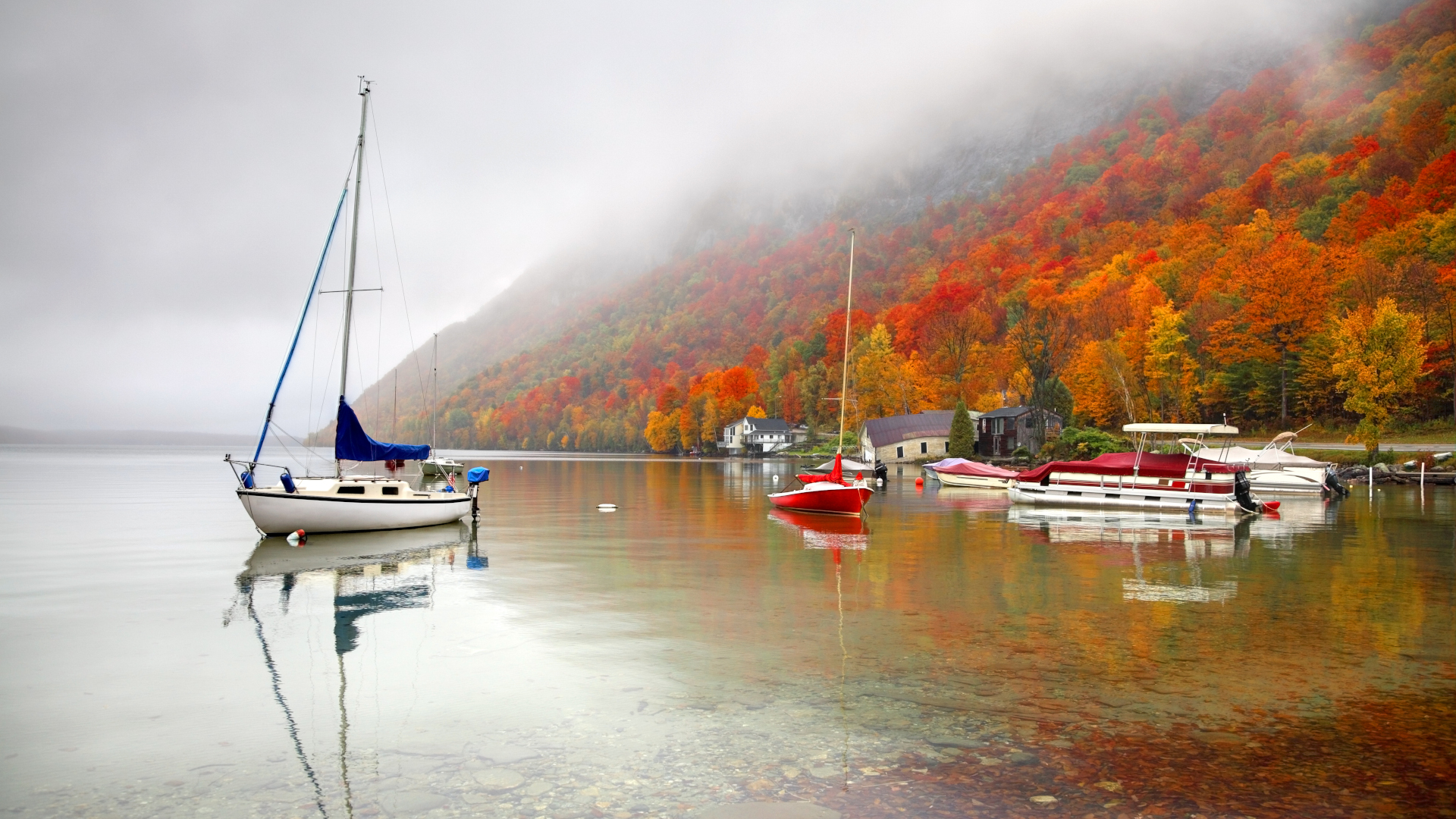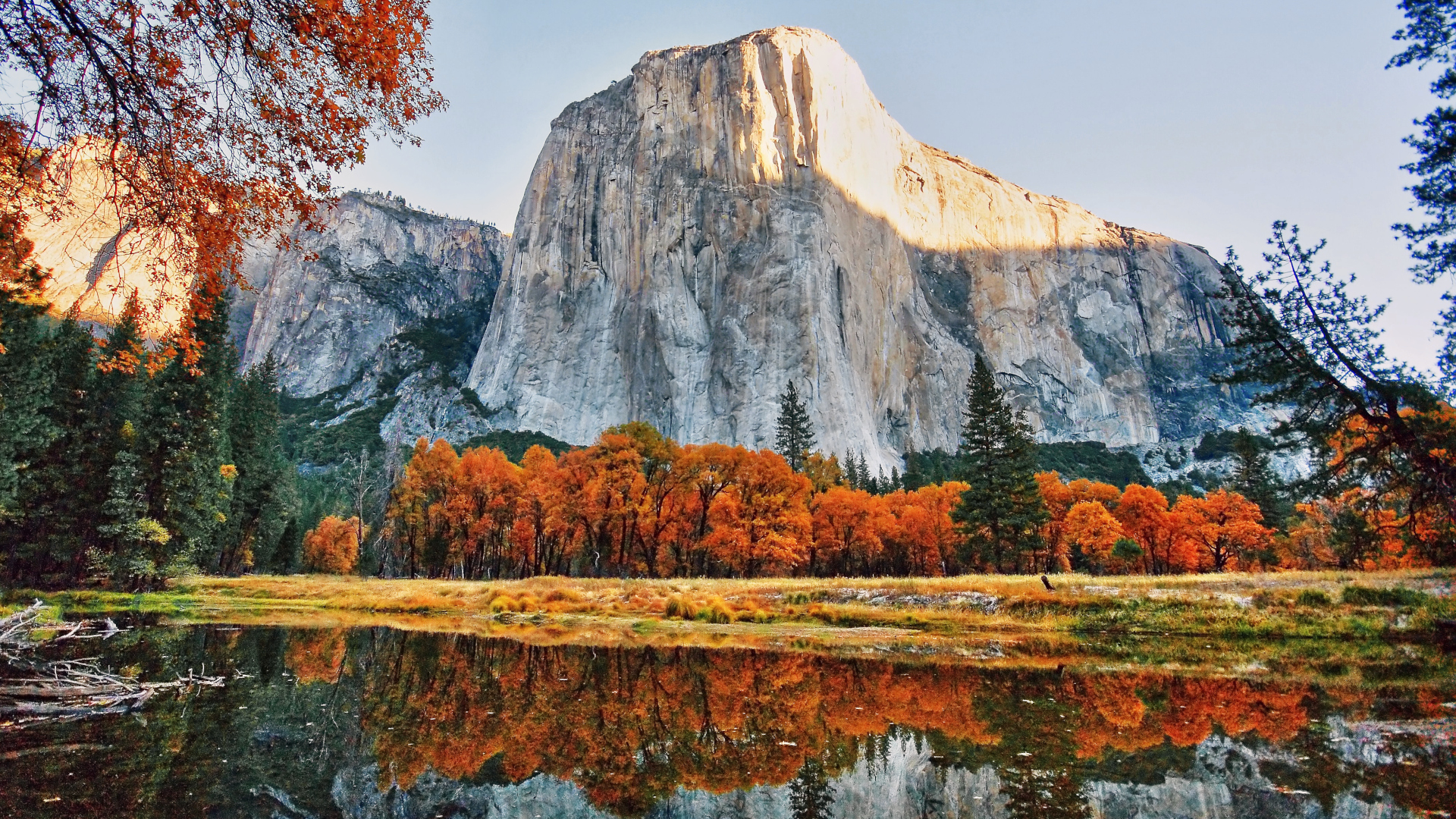What is leaf peeping?
Get the best of the fall foliage with our guide to leaf peeping including when and where to see the most vibrant colors

When I moved to Vermont aged 23 in August of 2004, I had my best hiking boots at the ready and was fully expecting a whole new way of life compared to the previous three years I’d spent down in the featureless plains of the Midwest. As luck would have it, I'd arrived just in time for the state's most dazzling display of natural phenomena, and I got right out onto the trails to enjoy my first leaf peeing season.
So what is leaf peeping exactly? That must have been one of my first questions upon arrival, and the answer is one of the best fall activities around for those who love nature.

What is leaf peeping?
Leaf peeping is an informal term used in New England to describe the activity of viewing and photographing the changing colors of fall foliage. New England’s six states are well-known for their vibrant fall colors, thanks in part to the abundance of sugar maple trees that thrive there, which supply the region with tasty syrup (and creemees) and brightly colored fall foliage starting in September each year and lasting until November in some parts.
As a result, hiking in New England during the fall has become a popular activity, and the area is flooded with visitors from other states during this time. Their reputation for driving extremely slowly as they enjoy the colors is known to irk the woodchucks and other Vermonters, so the term 'leaf peeper' may be used in a derogatory fashion, even though it’s well agreed upon that the practice of leaf peeping is worthwhile, and one that's undertaken by locals as well as tourists.

Where is the best place for leaf peeping?
Well, as I’ve said, New England is generally considered the best place for fall foliage. Vermont, Maine, New Hampshire, and northern Massachusetts put on a spectacular show each year, while northern Rhode Island and northern Connecticut also offer striking displays. In fact, fall in New England is so famous it’s been sung about (Cheryl Wheeler), written about (Thoreau) and tweeted about (Tom Brady) and it easily lives up to its reputation – the changing leaves in Maine’s Acadia National Park, the Berkshires of Massachusetts and pretty much anywhere in Vermont and New Hampshire will always take your breath away, in my experience.
But if New England is too far to travel, or you’d rather avoid the crowds, there is plenty of truly stunning fall foliage to be found elsewhere in places like New York, North Carolina, Arkansas, the Upper Peninsula and Colorado, where the aspens transform the Rocky Mountains into a dazzling show of yellow hues. In fact, our list of the best National Parks for fall colors extends from the east coast stalwarts all the way to California.

What's the best month for fall foliage?
The SUNY College of Environmental Science and Forestry explains that changes in daylight and temperature that autumn brings are what causes the leaves to stop their food-making process. As they become dormant, the green chlorophyll breaks down to reveal red, yellow and orange pigments before the leaves fall off. This process takes several weeks and its timing ultimately depends on the weather and location, however there is typically a 'peak' to the season, lasting a week or two, where the colors are at their most brilliant. The Farmer’s Almanac notes that the second and third weeks of October can often be counted on to provide the most dazzling hues, and it’s a good idea to consult their annual predictions before taking a trip.
All the latest inspiration, tips and guides to help you plan your next Advnture!

What do you need to go leaf peeping?
As far as outdoor activities go, leaf peeping is a pretty inclusive one that doesn’t require lots of skill or equipment. Lots of incredible foliage can be seen from your car, from town and from gentle walking paths. That said, we do encourage you to get out into the colors, especially since the incoming winter might hinder your walking for the next few months, and of course the weather is turning chillier and less predictable, so it’s always good to equip yourself with the following:
- Hiking boots for rough trails or mountainous terrain
- Trekking poles for longer walks
- A waterproof jacket to fend off any wet weather and wind
- A warm jacket like a fleece or down jacket
- Hiking gloves and a warm hat
- A hiking flask with a hot drink
- A headlamp in case you get off track (check out our guide to the best headlamps for some good options)
- Your camera to capture some memories
Julia Clarke is a staff writer for Advnture.com and the author of the book Restorative Yoga for Beginners. She loves to explore mountains on foot, bike, skis and belay and then recover on the the yoga mat. Julia graduated with a degree in journalism in 2004 and spent eight years working as a radio presenter in Kansas City, Vermont, Boston and New York City before discovering the joys of the Rocky Mountains. She then detoured west to Colorado and enjoyed 11 years teaching yoga in Vail before returning to her hometown of Glasgow, Scotland in 2020 to focus on family and writing.

